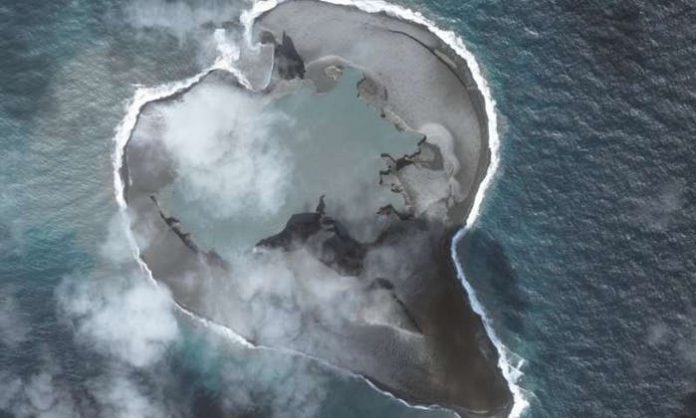Not all volcanic eruptions are created equally. Thin and runny magma results in lazy flows, like the kind you’ll find in Hawaii; meanwhile, thick and sticky magma results in catastrophic explosions Mount Vesuvius-style. These big boy booms spurt out clouds of hot rock and ash, which have the ability to create cracks of charged lightning bolts, once they reach the atmosphere. This creates volcanic thunder, though we might not ever know it: It’s usually couched in a messy affair of loud bangs and rumbles that can reverberate for miles.
Scientists currently think the most likely option is that the lightning is a result of the chaos of the eruption itself. Colliding with each other on their way up out of the volcano could leave ash particles electrically charged, and if that charge builds up enough it could trigger the release of lightning. Another theory is that because the ash plume reaches so high into the atmosphere—3,000 or 4,000 feet up—it actually begins to act just like a thunder cloud.
Either way, the result is what looks like a perfectly normal lightning strike in the middle of a volcanic eruption. But because the lightning looks the same as ever, it’s picked up by a network of detectors that look for faint bursts of light caused by lightning, which scientists have developed to better understand the weather. A strike close enough to Bogoslof and during an eruption—that’s probably not a coincidence. “On our iPhones, we would immediately start getting detections of volcanic lightning,” Haney said.
































